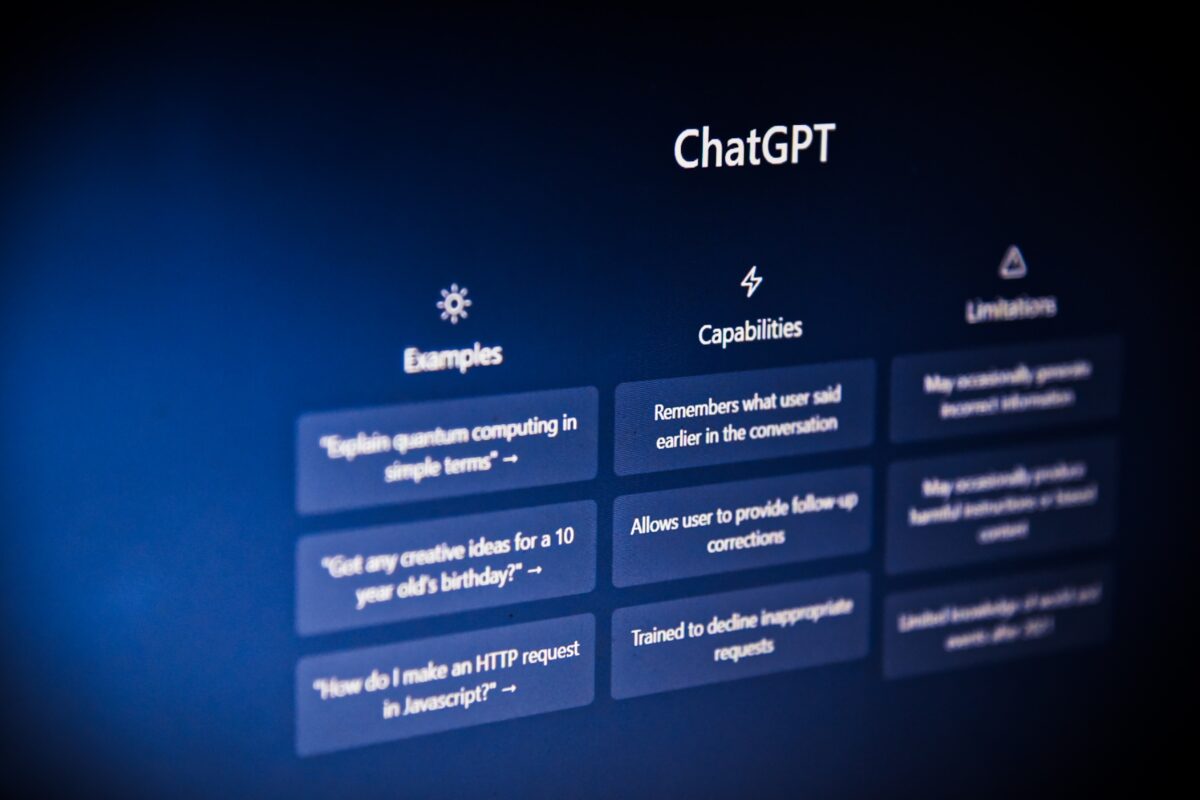Can ChatGPT be used for quantitative research?
4/25/23 / Sam Keating

By now, we have probably all heard something about AI, or artificial intelligence. Lately, it seems as if AI is being mentioned everywhere and is being used in all industries, from healthcare, to transportation, finance, and research.
One prominent example of AI is ChatGPT. Launched in late 2022, ChatGPT is an AI chatbot developed by OpenAI that can be used for a variety of purposes. According to ChatGPT, it is a language model that “has been trained on vast amounts of text data from the internet, books, and other sources,” and “can be used for a variety of tasks, including language translation, text completion, summarization, and conversation generation.” Often times, ChatGPT’s responses are indistinguishable from human response.

Back to the question at hand: Given the applications of ChatGPT mentioned above, can it be used for quantitative research? Technically, yes. However, due to certain limitations of ChatGPT, it’s worth taking some cautions into consideration before deciding to do so.
How can ChatGPT be used in quantitative research?
To find out how ChatGPT can be used in quantitative research, you can start by simply asking it. In doing so, ChatGPT may generate the following ways it can be used:
- Survey design and question development
- Data cleaning and preparation
- Data analysis
- Data visualization
Below, I’ll briefly explore a couple of these.
Survey design and question development
Let’s say we need to conduct a survey for a museum about visitation and satisfaction. To start, we can ask ChatGPT to write a survey about museum visitation and satisfaction with no further details. With this, it generated a 10-question survey that included questions such as “On a scale of 1 to 5, how satisfied were you with your most recent museum visit?” and “What was the primary reason for your visit to the museum?”
Generally, the questions and response options were vague and maybe not as useful as they could be if your question had included some additional details. By providing additional details in your question to ChatGPT, it is able to generate a more detailed and useful survey. However, it goes without saying that this should be viewed as a starting point and not as a complete survey that’s ready to be administered.
Data analysis
By uploading an Excel or CSV file to a file-sharing site, such as Dropbox or OneDrive, users can share data with ChatGPT and have it analyze data. Based on my testing of this feature, it may not be overly useful, though it’s worth noting that I have limited experience and knowledge in using ChatGPT for this purpose.
In sharing a fake data file with ChatGPT, I started by asking it to tell me how many respondents were included in the data. Without explaining the way the data file was set up, it generated an incorrect number of respondents. After explaining the file in more detail, it was eventually able to provide the correct number of respondents, as well as accurate percentages for some of the data.
Generally, ChatGPT seemed to function best in identifying key findings, rather than getting too into the details of the data. One word of caution in using ChatGPT for this purpose: after I asked it one too many times to provide further insights into the data, it started to generate inaccurate claims that were not represented in the data.
As seen in my examples above, it’s worth being cognizant of ChatGPT’s shortcomings if you are planning to use it for your research. In addition to the above-mentioned limitations, OpenAI warns that ChatGPT may produce inaccurate information, and notes that it has limited knowledge of the world and events after 2021. Researchers may also have concerns around data privacy when using it for analysis and should think through the types of data being shared with ChatGPT.